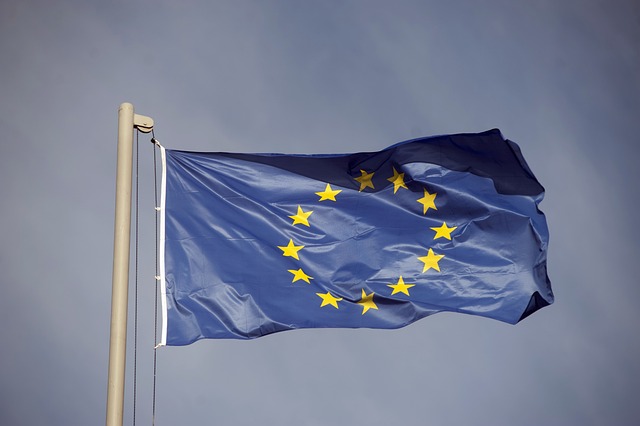The amended EU Renewable Energy Directive (RED III) is a done deal. The Committee of Permanent Representatives of the European Union (Coreper) has approved its redesign. The vote was preceded by almost two years of negotiations at all EU levels.
The European Parliament and the European Commission approved the package at the end of March. The new provisions are now legally binding.
The package includes doubling the expansion target for renewable energy, aiming for a 45% share in the union's energy mix by 2030, compared to the previous target of 32.5%. In order to achieve the new ambitious target, wind power and PV systems with capacities of more than 100 GW will have to be installed in the European Union every year.
Under RED III, the legal obligations include expanding renewable energies in the heating and transport sectors. In the building sector, the aim is to cover 49% of the heating requirement in new buildings with renewable energy. The goal is to increase this coverage by 0.8% per year until 2025 and by 1.1% in the subsequent years.
The EU has raised the renewable energy target for transport from 14% to 29%. It has also addressed the question of whether e-fuels from nuclear power should be included in the sector targets. The clarification states that while such fuels can be produced, they do not count toward the transport sector target.
Popular content
By 2030, 42% of the hydrogen consumed in the industry should also be “green.” By 2035, this proportion is set to rise to 60%.
The legal definition of “green hydrogen” has now been established. It states that the electricity used for electrolysis must be fed into the grid and consumed simultaneously with the operation of the electrolyzers in the same grid area. In addition, faster approvals have been agreed upon. Part of the RED III also provides for an acceleration of the approval process for renewable energy.
Last year, the EU emergency regulation declared the expansion of renewable energies as a project of exceptional public importance. Consequently, a maximum approval period of 12 months was established. Designated priority areas may also be identified, eliminating the need for a secondary assessment of environmental and species protection at the project level.
This content is protected by copyright and may not be reused. If you want to cooperate with us and would like to reuse some of our content, please contact: editors@pv-magazine.com.



7 comments
By submitting this form you agree to pv magazine using your data for the purposes of publishing your comment.
Your personal data will only be disclosed or otherwise transmitted to third parties for the purposes of spam filtering or if this is necessary for technical maintenance of the website. Any other transfer to third parties will not take place unless this is justified on the basis of applicable data protection regulations or if pv magazine is legally obliged to do so.
You may revoke this consent at any time with effect for the future, in which case your personal data will be deleted immediately. Otherwise, your data will be deleted if pv magazine has processed your request or the purpose of data storage is fulfilled.
Further information on data privacy can be found in our Data Protection Policy.